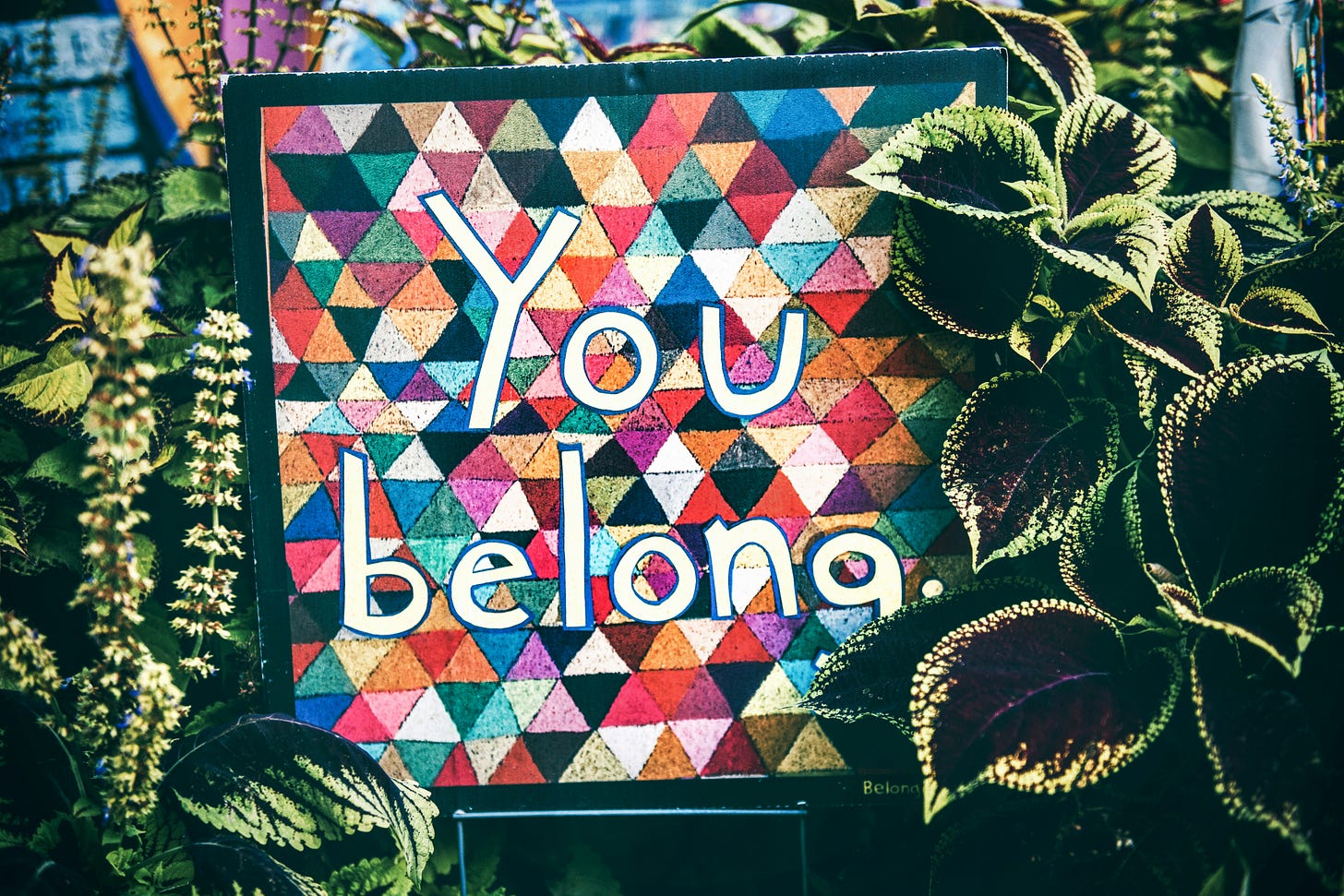I’m conducting a workshop on allyship this week and in preparation for it, I’ve been thinking about what I want participants to take away from the session.
I thought about offering up practical allyship actions, such as removing gendered and other problematic language from your vocabulary. If you’ve known me for more than a minute, you know how much I love gendered language like “hey guys” (yes, that’s sarcasm).
But there are so many good resources for this, including one of my personal favorites: Better Allies by Karen Catlin. I often reference Catlin’s work in my workshops. Catlin writes a phenomenal newsletter that provides readers every Friday with 5 concrete tips for being a better ally—I highly recommend subscribing to it.

Because allyship actions are well-known and well-covered, I thought I’d leave workshop participants—and you—with these 3 takeaways, instead:
Allyship is a journey. We’re all in different stages of that journey and—if we want to be even more nuanced—we’re all likely to be in multiple stages of the journey, with different levels of understanding about the needs of different marginalized groups. I know a good deal about allyship as it relates to race, gender, and sexual orientation, for example, but I know significantly less about how to show up as an ally for persons with disabilities. And because our understanding of allyship, language, and the experience of people from marginalized groups continues to evolve, there’s always more room to learn and grow—it’s a never-ending journey.
There are multiple ways to show up as an ally. Allyship is not one thing. Catlin outlines seven different types of allies, from those who vocally support and sponsor colleagues from historically-underrepresented communities to those who speak out against language or jokes that are disrespectful or derogatory to people from marginalized groups. For the introverts in the crowd there are other, less overt ways to be an ally, too—like adopting the role of The Scholar and taking it upon yourself to learn and more deeply understand the lived experiences of people from marginalized groups.
You will get it wrong. There is no getting around this. Even those who do inclusion work for a living get it wrong occasionally. One of my favorite stories Catlin tells is how she automatically turned to a female friend and asked her to help cut a cake that the friend and friend’s husband brought over, instead of asking the husband—after spending the dinner talking about the “housekeeping" tasks that women are often expected to take on at work (e.g., making coffee, planning team events, etc). When a mistake inevitably happens, acknowledge your error, learn from it, and move on.
So … my advice for becoming a better ally? Embrace the journey, learn about and lean into the forms of allyship that speak to you, and give yourself—and others—some grace. We’re all gonna get it wrong from time-to-time, and that’s okay. ❤️
P.S. Leaders showing up authentically at work is an important precursor to allyship. Read more in my recent posts: Out and Proud and Be Honest. Be Humble. Be Human.
P.P.S. Like my blog? Please help me grow my readership and share it with a colleague or friend!



